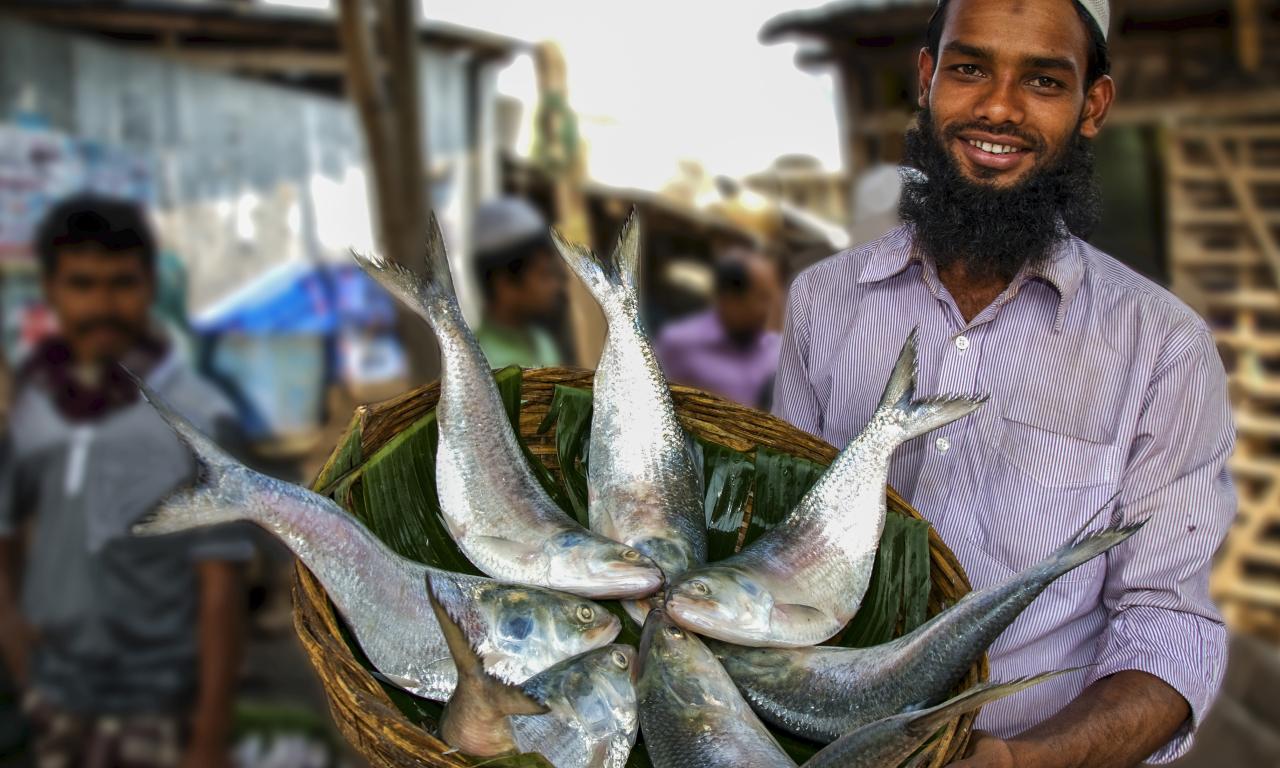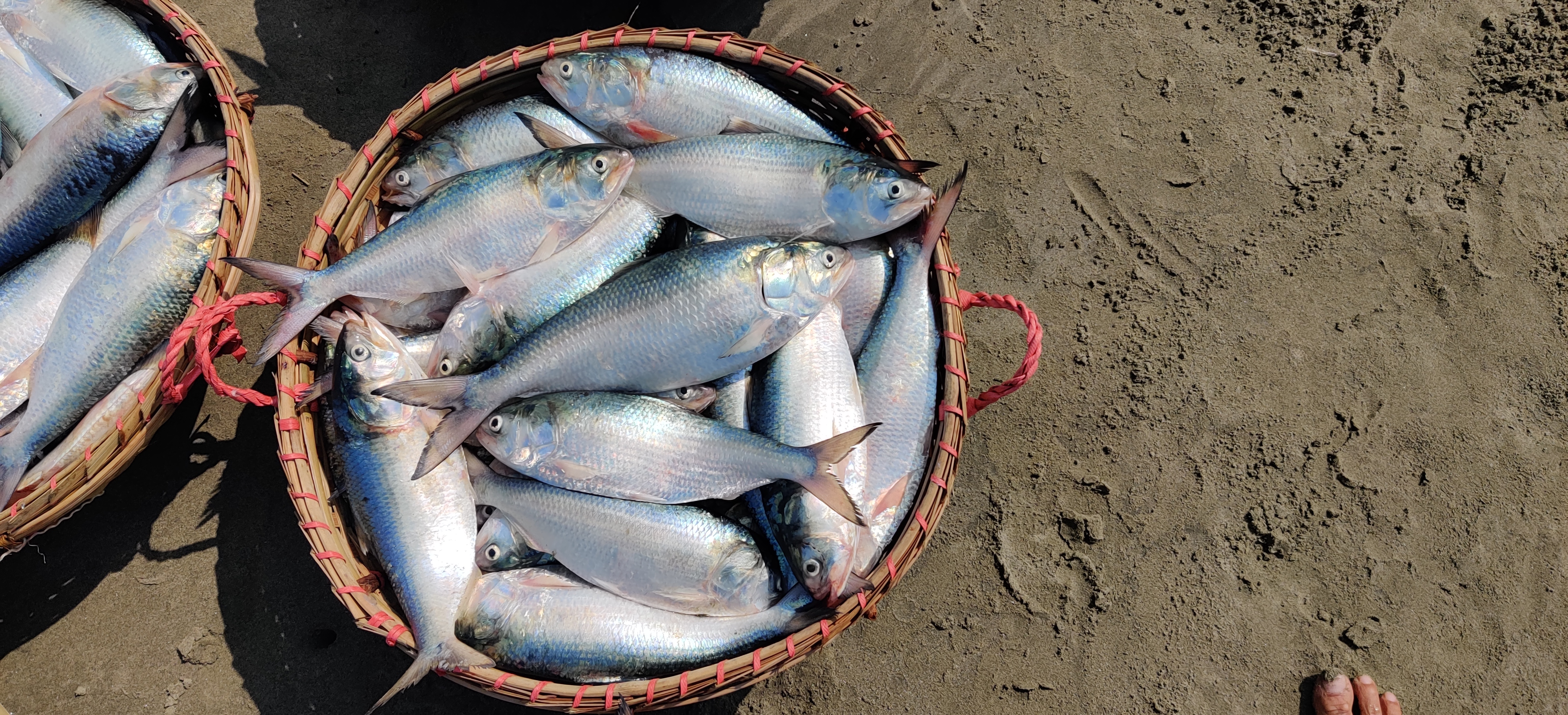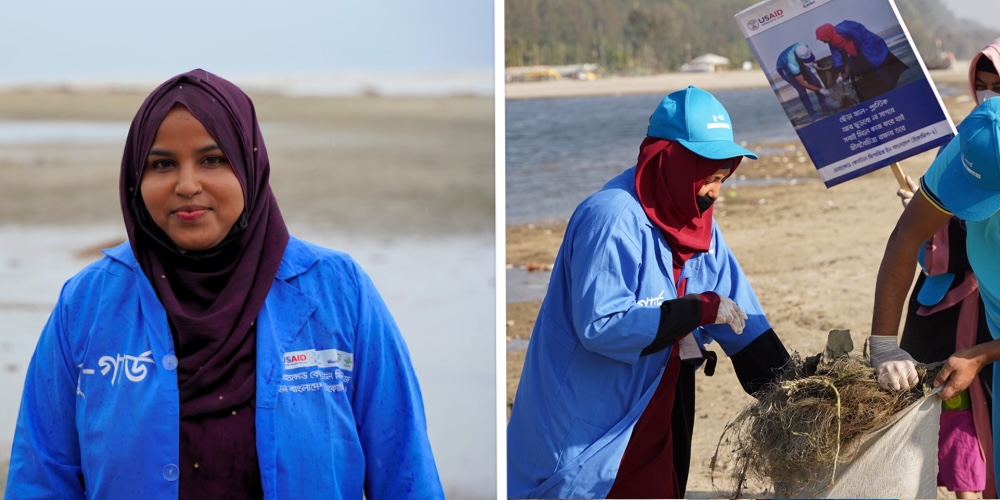
Hilsa is everywhere in Bangladesh. It’s on dinner tables, in markets, in poetry, in history, in culture. It is also the backbone of the country’s largest fishery, and it feeds millions. The hilsa industry supports 2.5 million people and brings in over 3 billion dollars a year and it makes up 12 percent of the country’s total fish catch. However, these numbers only tell part of the story. Behind them is a fishery that almost collapsed. Years of overfishing and habitat loss pushed hilsa to the edge.
How Hilsa Nearly Disappeared
By the late 1990s, hilsa stocks were crashing. Fishers were catching juveniles before they had a chance to spawn, decimating future generations of fish. Overfishing, habitat degradation, and unchecked exploitation had turned abundance into scarcity. The government, imposed bans, created sanctuaries, and rolled out compensation schemes. This slowed the decline, but it didn’t reverse it. Enforcement was inconsistent, buy-in was low, and most critically, the people whose lives depended on hilsa weren’t part of the decision-making.
WorldFish in partnership with the Department of Fisheries (DoF) took a different approach. The idea was simple. When incentives are combined with enforcement, fishers take an active role in conservation. When they see a way to keep fishing for years to come, they make choices that sustain the resource.
Through ECOFISH project phases I, and II, in partnership with the Bangladeshi government, fishers themselves enforced conservation rules through locally formed hilsa conservation groups, supported by government efforts. Instead of simply banning fishing without alternatives, fishers were given new livelihood opportunities so they could survive during closed seasons. Instead of regulations, the bans and gear restrictions were based on real-time scientific data, tracking migration patterns and population recovery. Conservation works best when it aligns with human incentives, and that’s exactly what was built.

A Better Way to Fish
The change was fast and obvious, driven by the collective efforts of the government, fishers, women and stakeholders. Hilsa catches, once in free-fall, began climbing again, up by 10 to 11 percent per year. With sanctuaries in place, hilsa co-management operationalized, community mobilization supported by incentives and better regulation of juvenile fishing, hilsa were growing larger. The average size of fish caught nearly doubled, which meant higher market prices and better incomes for fishers.
The findings of a recent impact evaluation of the work show just how significant the recovery has been. Household incomes in fishing communities rose by 86.19 percent in intervention areas, compared to 52.66 percent in control areas. The study also found a 63.99 percent increase in household assets, including boats and nets, in fishing communities engaged in the project.
Beyond direct fishing incomes, alternative livelihoods flourished. Households that engaged in small-scale agriculture, animal husbandry, and handicrafts saw significant gains. For example, income from growing and selling vegetables increased by 249.61 percent in project areas, compared to just 35.31 percent in non-participating communities. These alternative sources of income helped fishers comply with bans without falling into financial ruin.

But the biggest shift wasn’t in the numbers. It was in the way fishers saw themselves, not as extractors in a race to the bottom, but as stewards of the resource that sustained them. Women, long excluded from fisheries decision-making, became central to the solution with new economic opportunities through savings groups, small businesses, and aquaculture, they were earning money and shaping the future of the fishery at the same time. The Community Fish Guards patrol hilsa sanctuaries, while ‘Blue Guards’, a network of youth conservation volunteers, combat plastic pollution and ghost gear and spread awareness, turning a regulatory burden into a community norm.
Policy alone doesn’t conserve a fishery. But when local communities have a stake and see direct benefits from sustainability, the incentives align. This success has also led to broader policy reforms. ECOFISH-BD contributed to extending the brood hilsa ban from 11 to 22 days, the creation of a Hilsa Conservation and Development Fund, allowable mesh size for hilsa gillnets and the designation of a Marine Protected Area (MPA) at Nijhum Dwip covering 3,188 km². These institutional changes help ensure long-term sustainability.
The hilsa fishery is in a better place, but it’s still fragile. Climate change is altering migration patterns and pollution continues to threaten its habitats. Neighbouring countries like India and Myanmar share these waters, and if management strategies aren’t coordinated, recovery will always be partial.
The success of hilsa management in Bangladesh is proof that small-scale fisheries, often overlooked and underfunded, can be managed sustainably. An economic impact evaluation published in Frontiers in Marine Science, found that the project’s return on investment (ROI) was 32.8 percent, demonstrating that conservation can be both an ecological and an economically viable investment.
Scaling What Works
The next step is building on what has worked. Co-management with shared responsibilities need to be scaled up to ensure the resilience of the fishery, not just in Bangladesh, but across the region. This includes using climate data systematically in fisheries decisions, and expanding scientific zoning and management of MPAs.
It also means strengthening community-led surveillance, deepening the role of both women and men as stewards, and ensuring alternative livelihoods are robust enough that no fisher has to choose between survival today and collapse tomorrow.
Learn more about Fisheries Co-Management in Bangladesh
